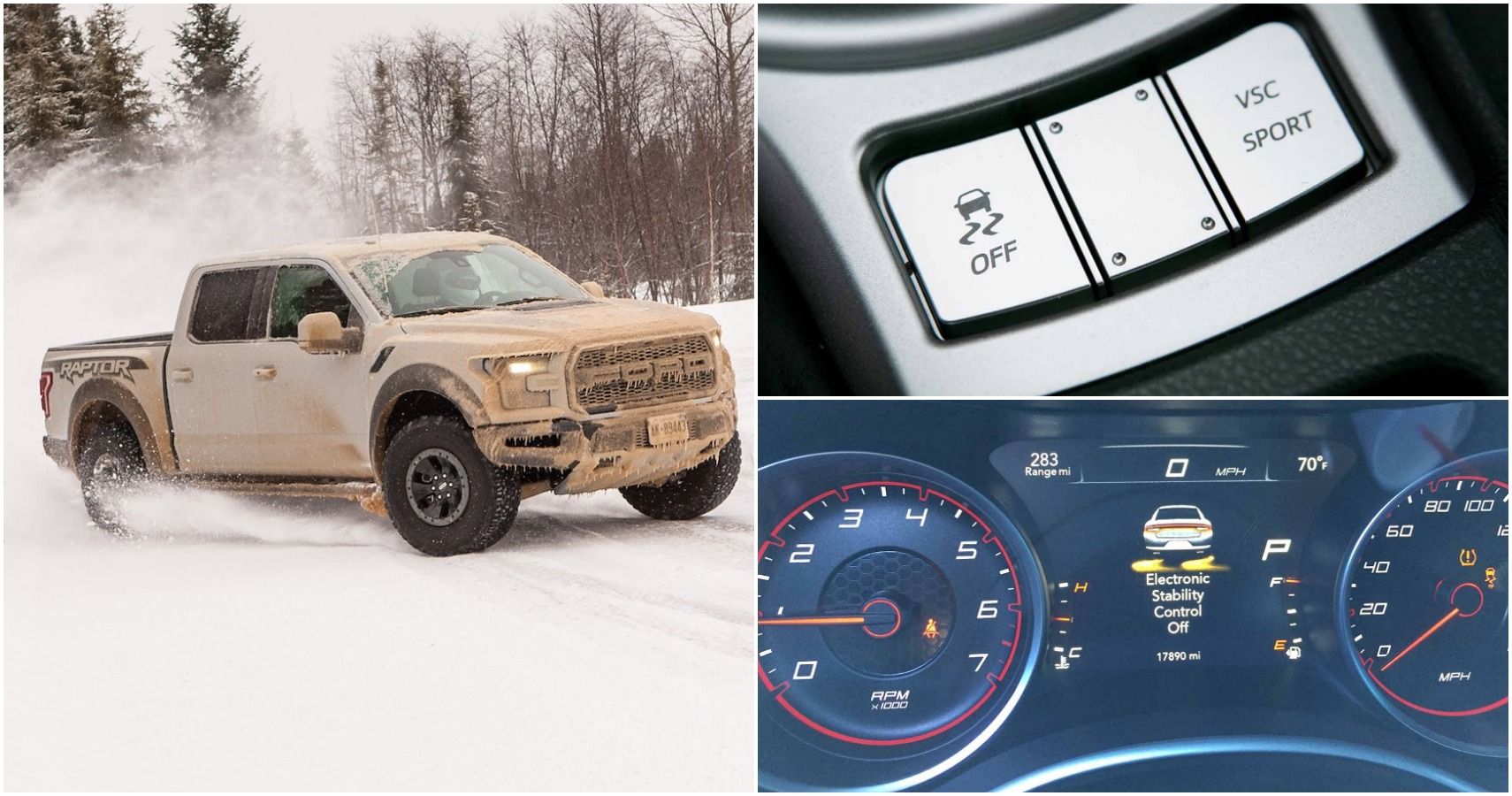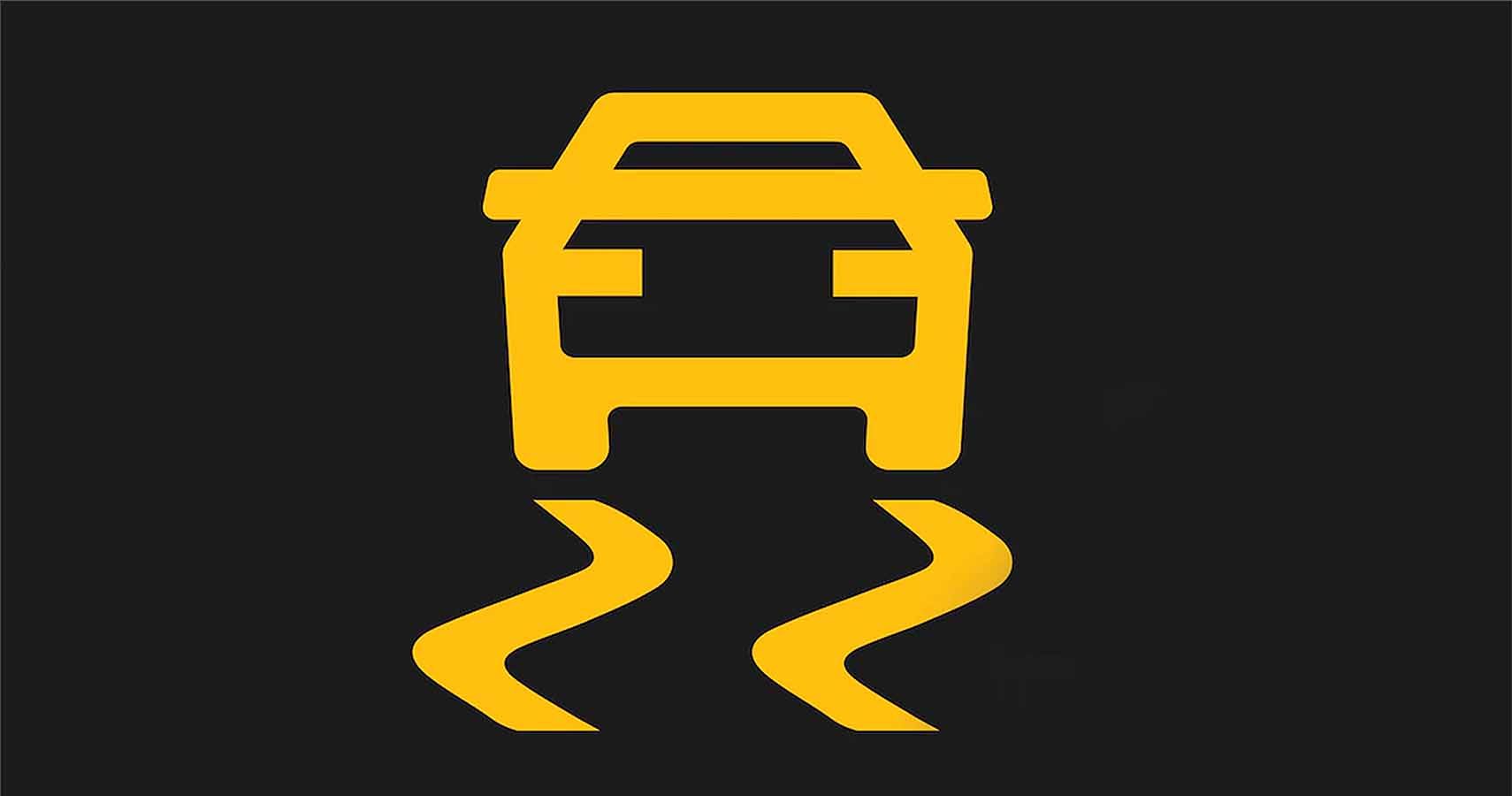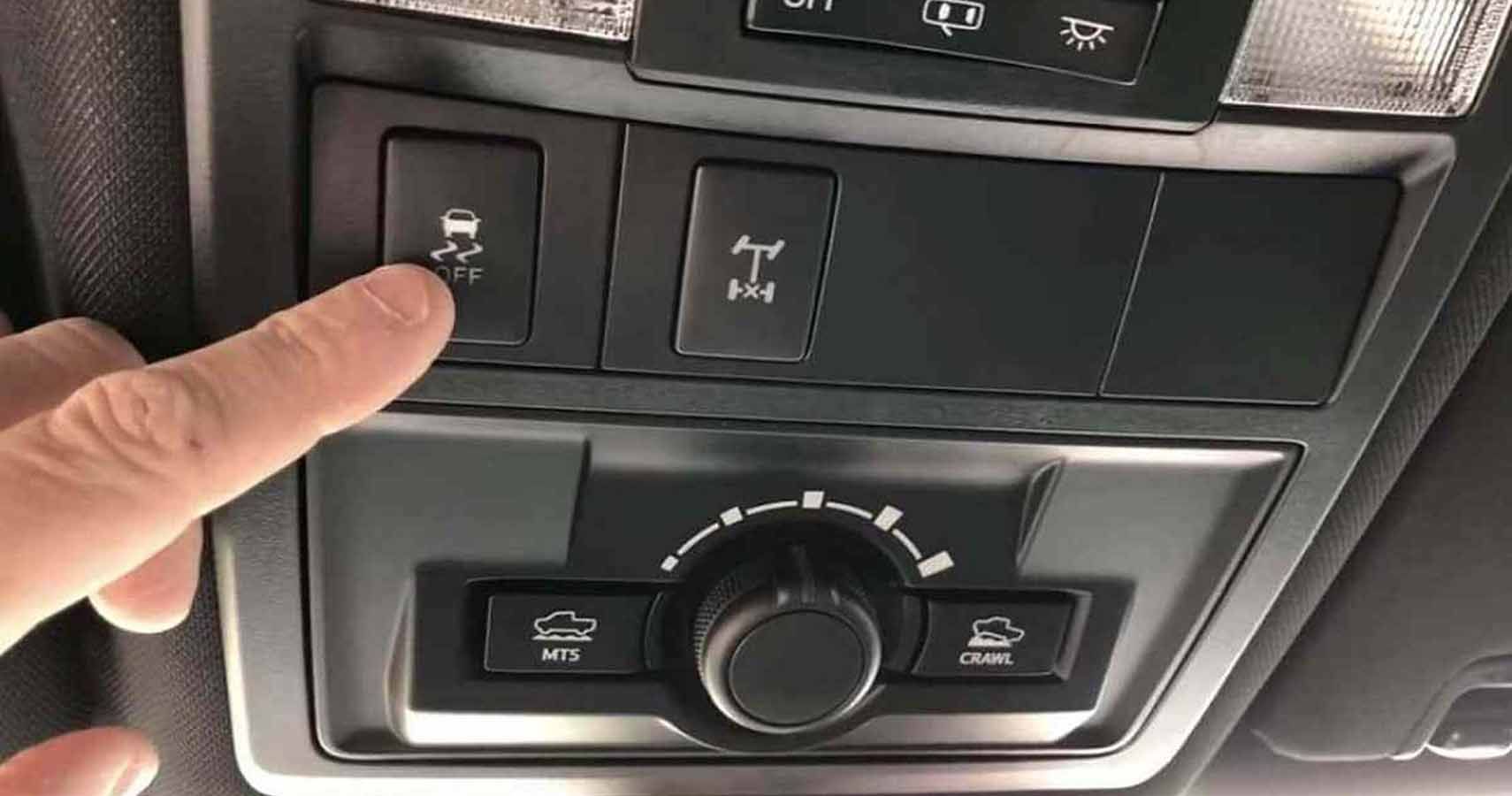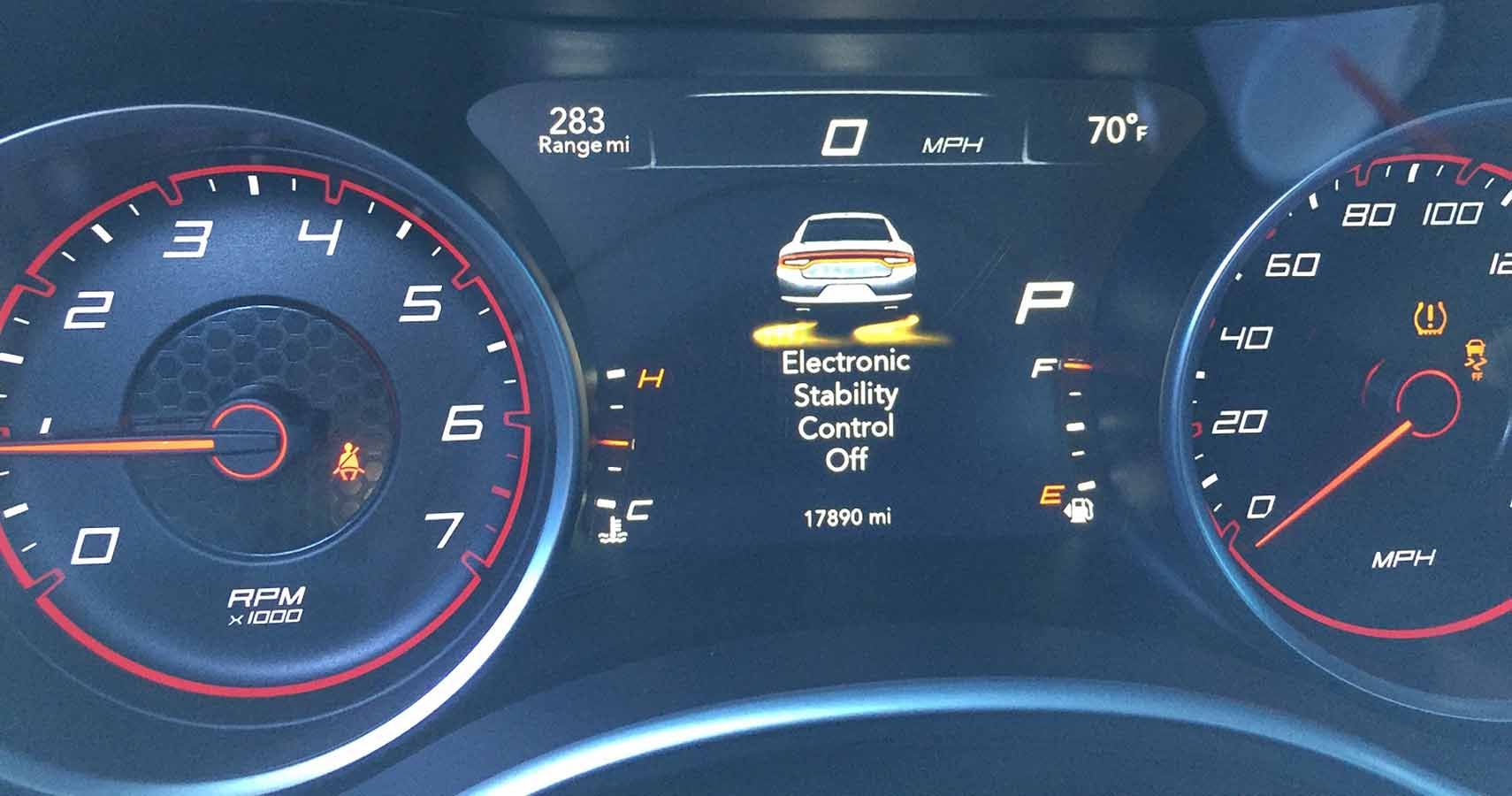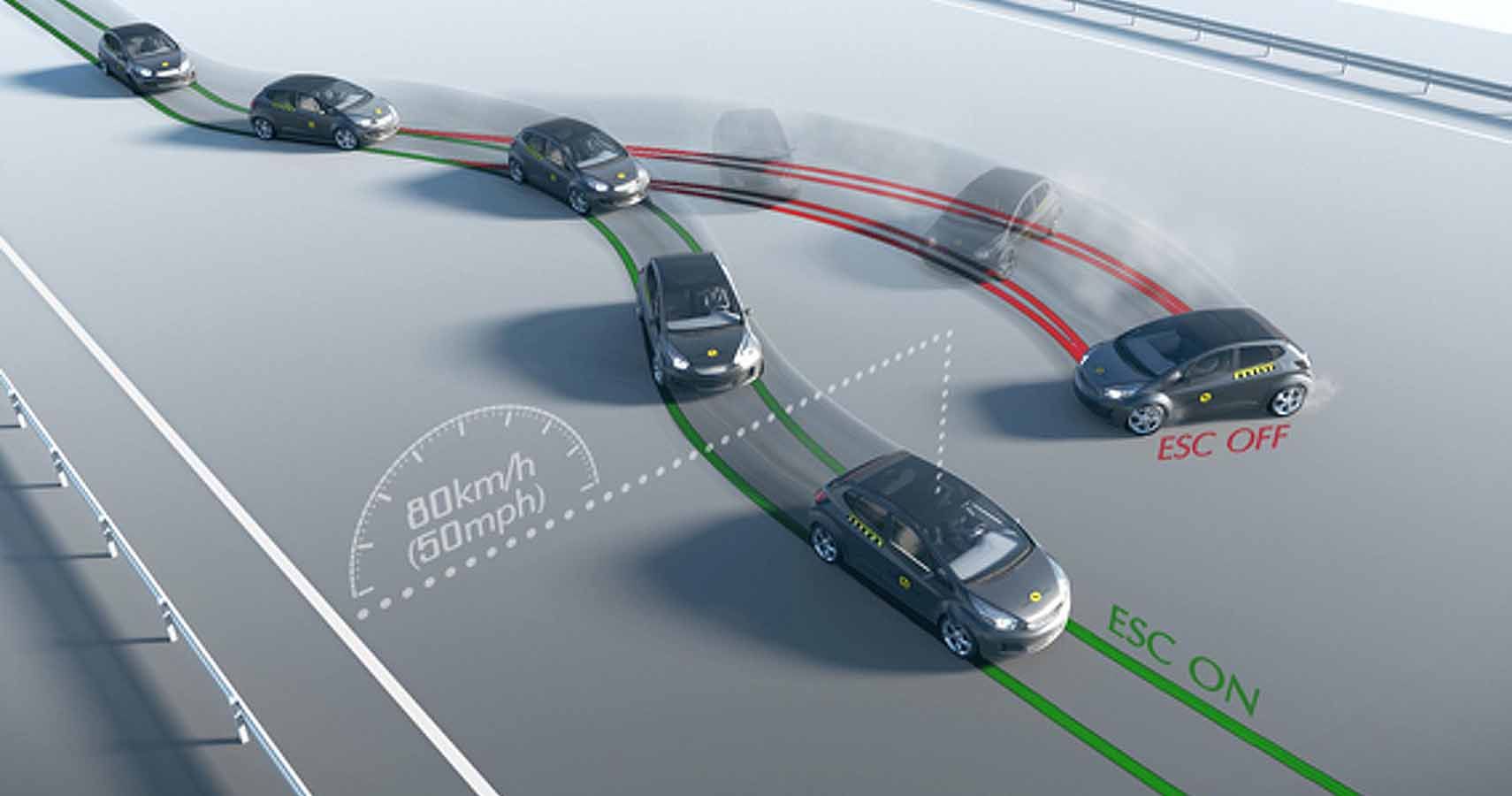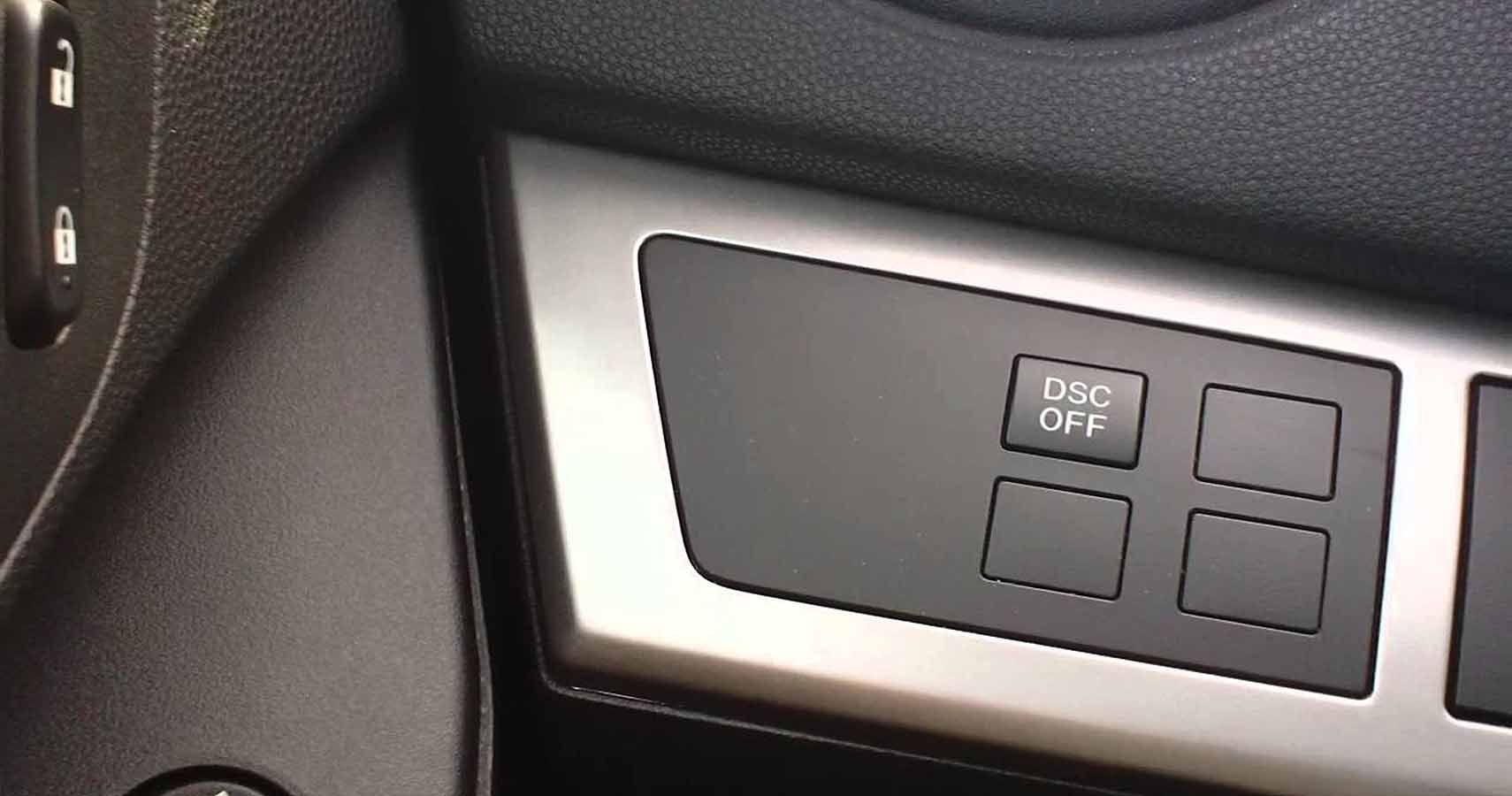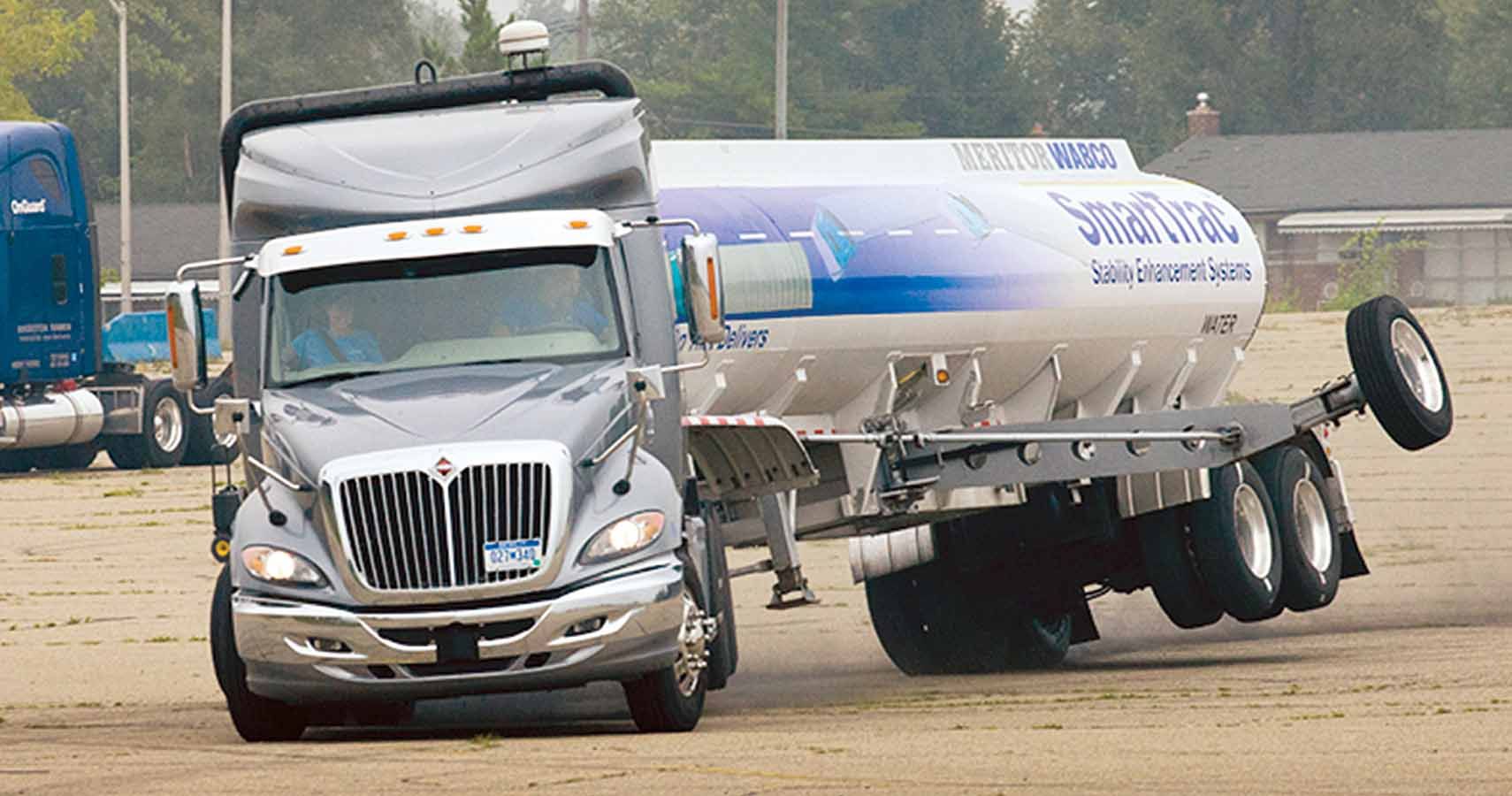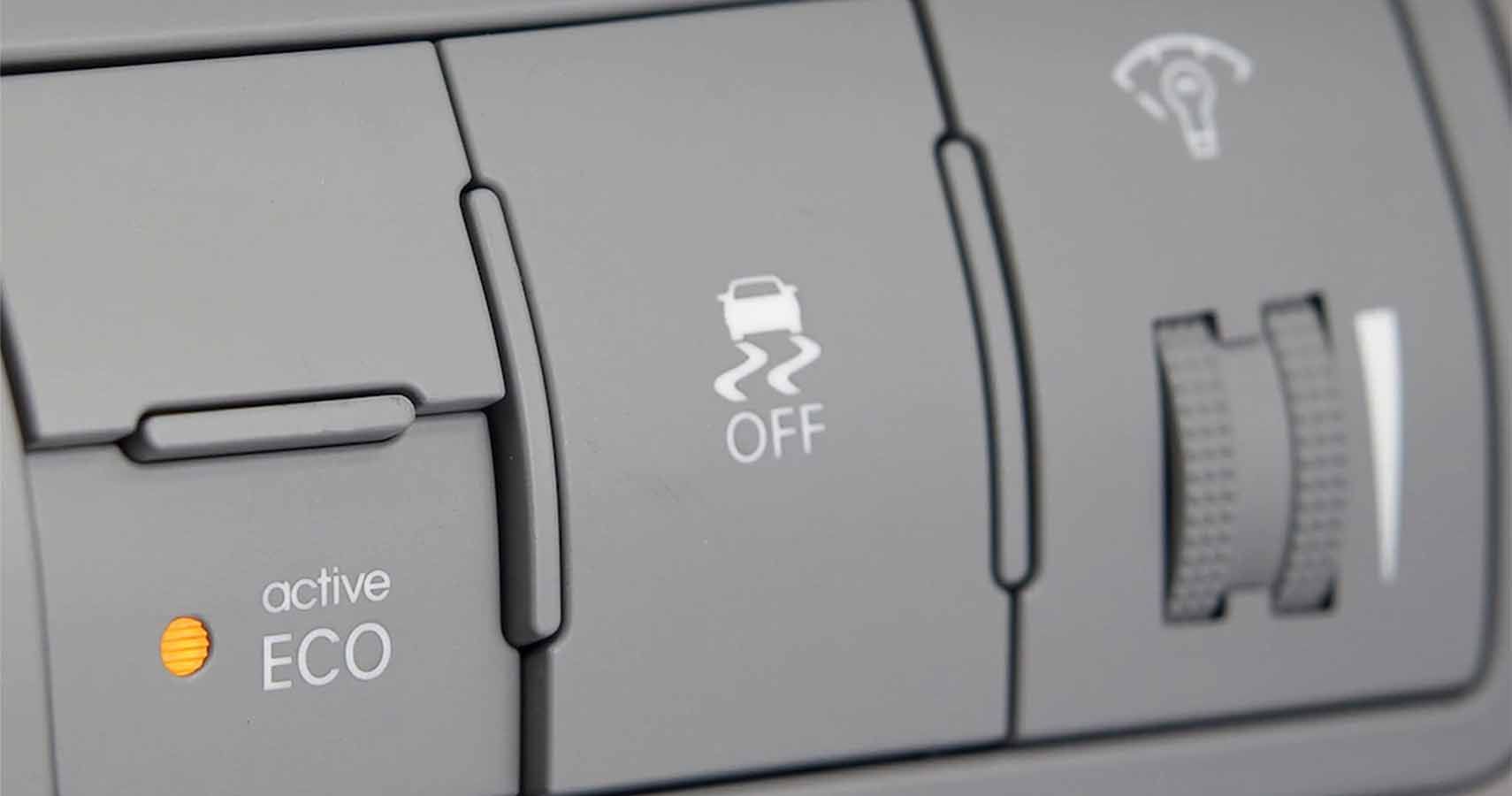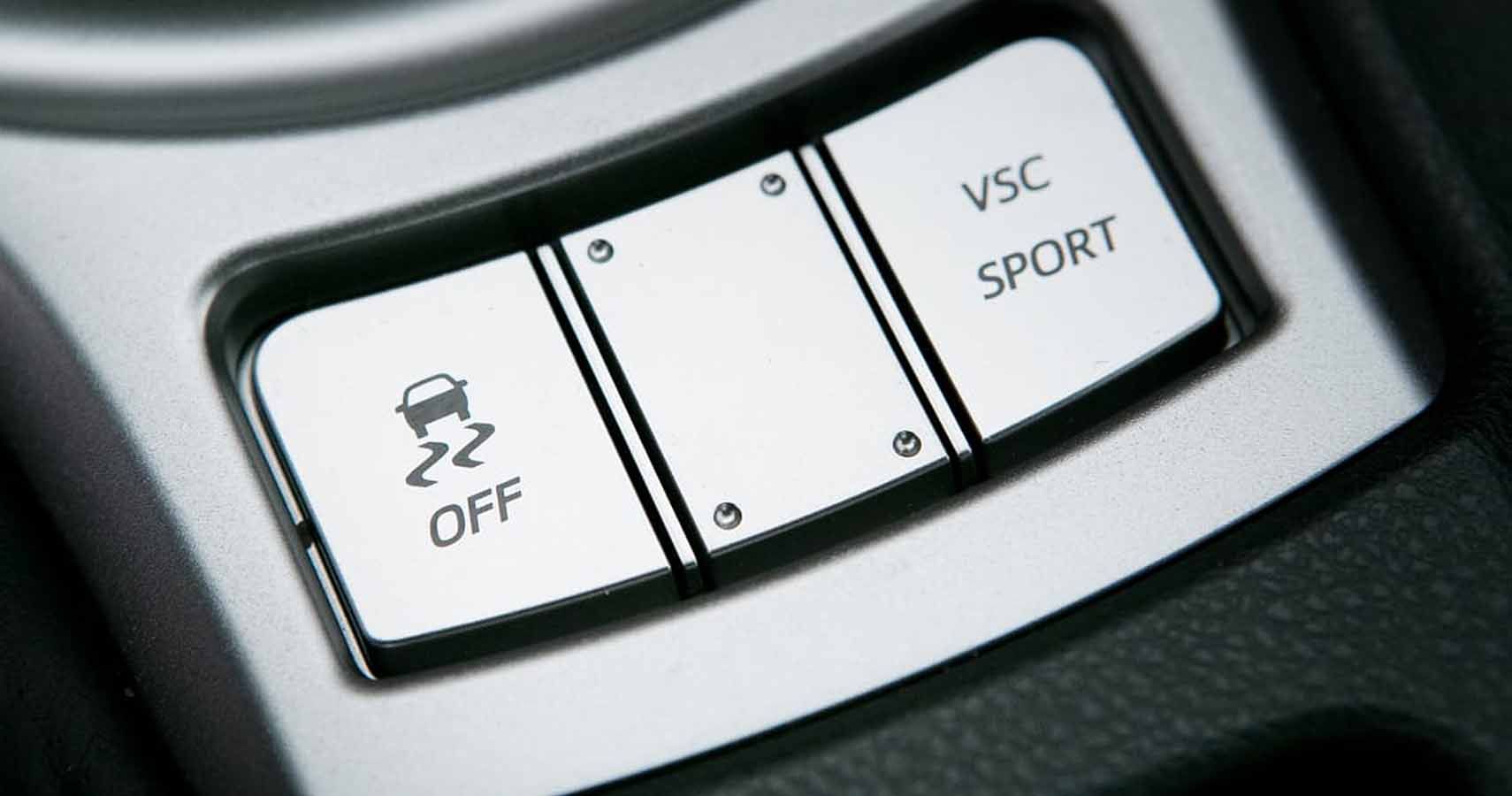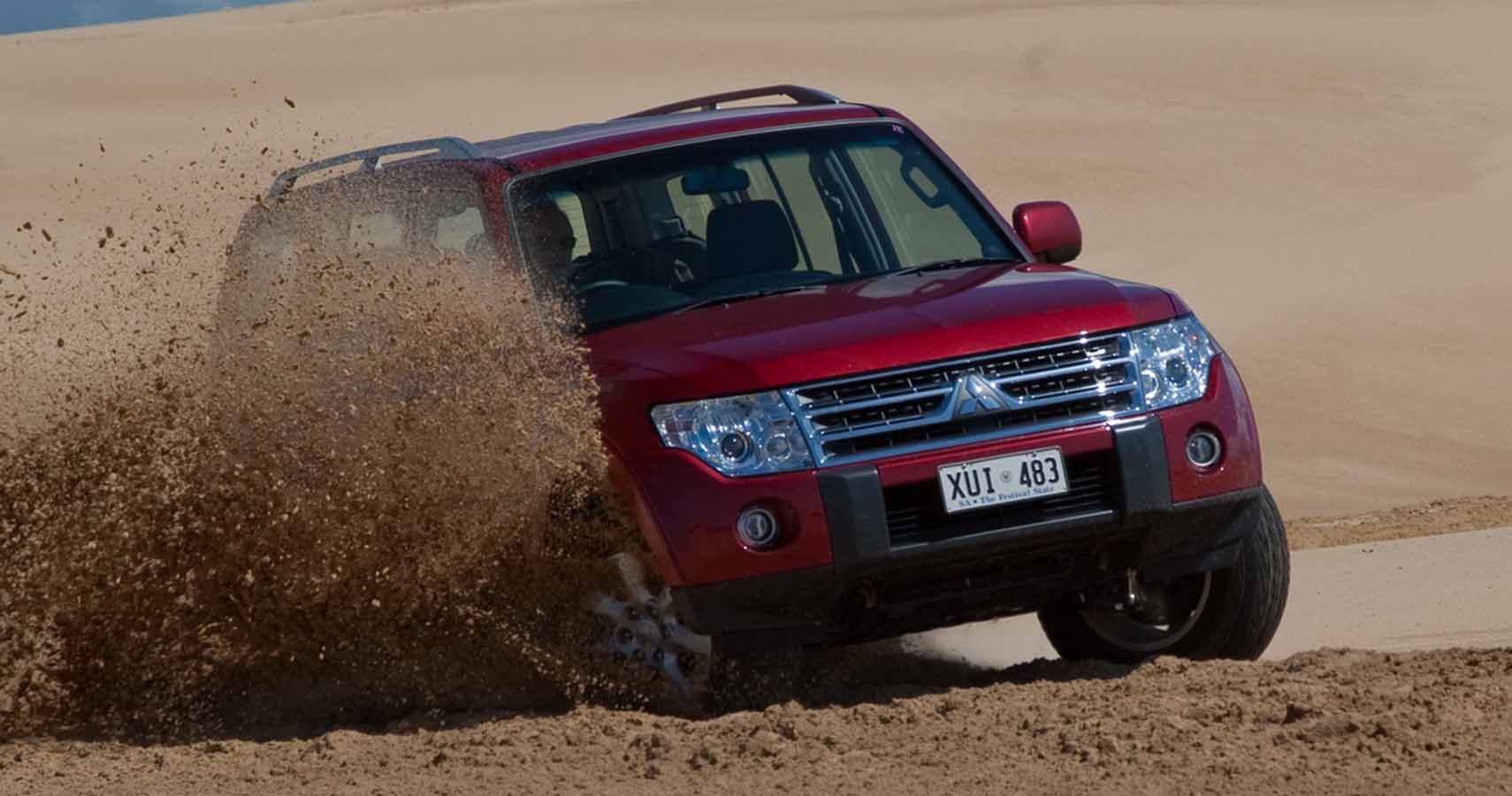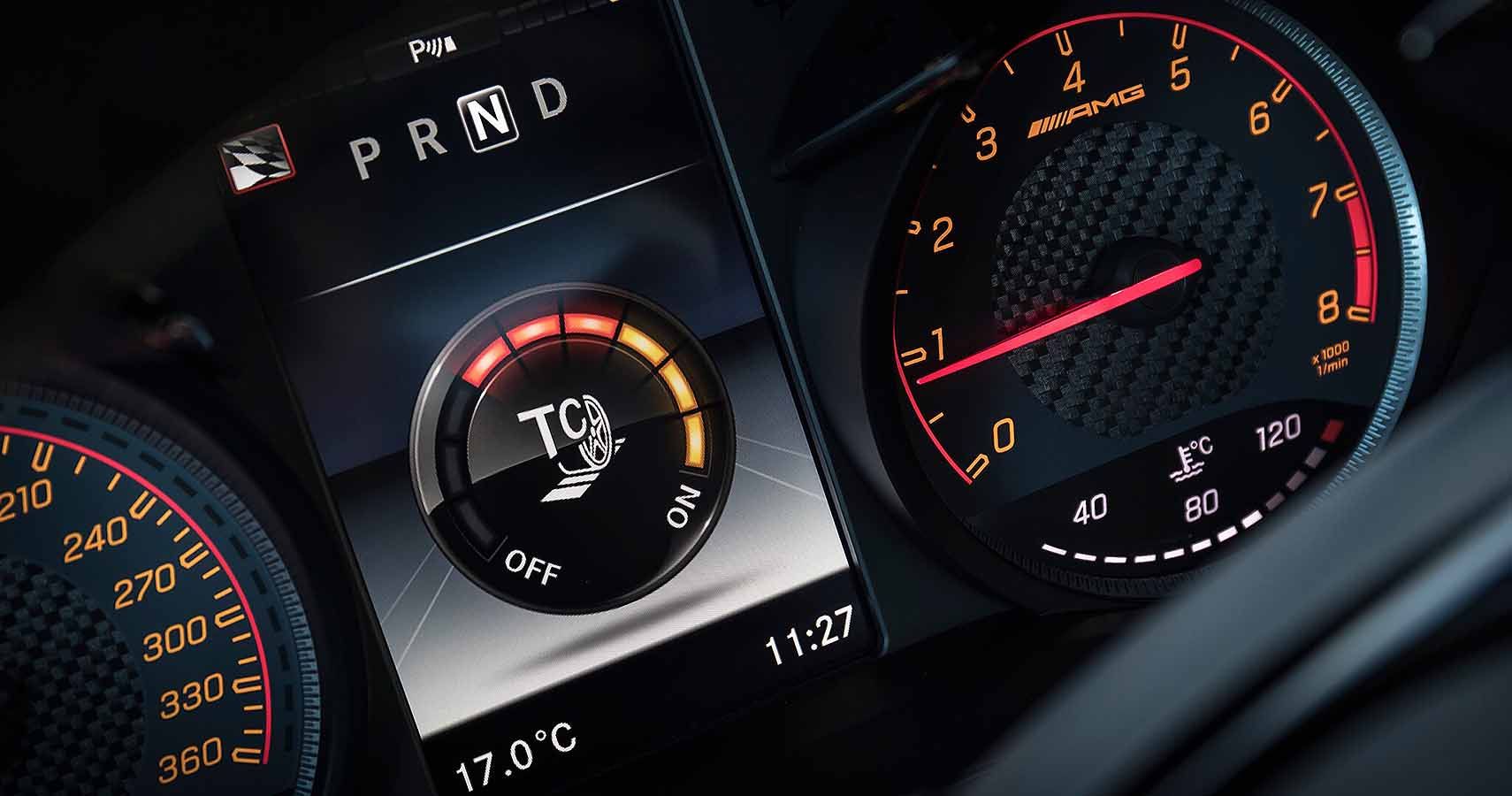Thinking of buying a pre-loved car? One thing that may confuse you and cause a massive deviation in price is the choice between traction control and stability control. There is a difference between the two, and it’s a little technical as well, so most people tend to confuse the two and end up using the terms alternately.
That’s not the case though, because one is far more basic than the other, while the other is far more advanced, thus the price difference. While both do add to safety and make driving far safer for both the driver and the passengers, the way they add to the safety is also a whole lot different. Intrigued? Let’s read on to find out more, as to how traction control and stability control end up being two different things, from start to end…
10 Stability Control Was Introduced in the ‘90s
Stability control or rather electronic stability control (ESC) debuted in the 1990 Mitsubishi Diamante but it wasn't until the 1995 Mercedes-Benz S600 coupe in the US that Americans got a taste of it, and how advanced it was over traction control. Traction control came way back in the ‘70s, specifically in the 1971 Buicks, known as MaxTrack. While traction control helped steady the ride, ECS reduced auto accidents to a great degree. By 2012, ECS became a standard safety feature on all cars by federal decree.
9 Traction Control Is Far More Basic Than Stability Control
In the history of making rides safer, traction control came first, while electronic stability control, also referred to as electronic stability program (ESP) or dynamic stability control (DSC) came much later. This means that today, traction control is a nearly archaic technology, one that helped wheels to keep their grip on the road while accelerating. Electronic stability control, on the other hand, does not just keep the car steady while accelerating, it prevents slips and slides while braking too. Old, in case of technology, is not gold.
8 Stability Control Does Much More Than Just Acceleration Help
Traction control existed to prevent any sliding or grip loss during acceleration, especially on bad roads. The ‘screaming tires’ became a thing of the past. However, traction control did not come to the aid anyone who needed to suddenly apply the brakes. This is where electronic stability control stepped in and helped drivers keep their wheels from losing traction while accelerating, braking, just driving on a steady speed, and most importantly while navigating turns. For anyone who has driven on icy or snow-covered roads, ECS is a godsend.
7 The Technology In ECS Is A Bit Complicated
Electronic stability control is completely computerized and gets activated as long as the ECS button is on, and the processor feels the need to steady the car to prevent any slippage or sliding. This means that if you are driving on a road that you do not feel confident on, and switch the ECS on, the processor will take care of the safety. The process is a bit complicated though: the processor measures the wheel pin to figure out traction, and then uses the ABS’s hydraulic solenoids to apply just the right amount of brake pressure, culling power if need be.
6 The Government Now Mandates Stability Control
While ECS is all too often confused with traction control, people thinking of them to be the same, you can think of traction control being a small part of what the ECS does. Of course, the ECS is known by many other names too. Some call it an electronic stability program or processor, some dub it the dynamic stability control while others call it vehicle stability control as well. Call it anything but all vehicles in the US, post-2012, have to be equipped with it as a federal mandate because using it can save almost 10,000 lives annually.
5 Stability Control Works On The Principle Of Brake Pressure
While traction control can handle bad roads, ECS can handle just about any “road”. Think frozen lake, slushy after-floods paths, rocks, and boulders, etc. This is why ECS is a must-have on any off-roading set of wheels that you plan to put through the works because it has complete control over the vehicle and how it grips the road. While traction control uses the differential, or rather the active differential to control the slippage of tires, for stability control, the basic premise is brake pressure and a host of other things.
4 Both Traction Control & Stability Control Have The Same Controls
That said, your car is likely to have only one control for electronic stability control or traction control, though the names, symbols, or buttons may vary from brand to brand. Also, if your car does have ECS, traction control is an automatic part of the same, so it's not as if you can choose whether you want one or both. If your car is 2012 or later, it's likely to have electronic stability control. Between the ’90s and 2012, ECS was an option one could take by paying extra and any car pre this era, may or may not even have traction control.
3 Without ABS, Neither Of Them Would Work
If your car does not have ABS, which is a remote possibility, then it can have neither. Both traction control and electronic stability control need the Anti-Lock Braking System, or the ABS to function because both use the speed sensors fitted on the tires to do their work and make the car safer on bad roads. The speed sensors are what helps the traction control system or the electronic stability control to figure out any slippage or loss of traction, which they then correct in their own basic and advanced ways.
2 Traction Control Cannot Manoeuvre A Car
Traction control limits wheel spin, thus gently balancing the car and preventing any skid during acceleration. However, when ESC detects steering control loss, it applies the brake on whichever wheel it needs to, individually, to help the driver steer the vehicle in the direction of the steering wheel. ECS helps straighten out skids on icy roads, using the outer front wheel to correct the oversteer and the inner rear wheel to counter the understeer, whichever be the case.
1 Stability Control Can Even Cut Off Power When Needed
Finally, while traction control can only control the speed of the wheels, ECS can even cut power to wheels, bringing them to a stop and thus helping the driver steer the car in the direction he or she wants to go, and not where the icy road wants to take them. While this does not make a car capable of fighting a snowbank, it helps a lot in reducing accidents on less than stellar roads you’d otherwise be terrified of driving on. Call it a crutch, but it's an effective one nonetheless.

